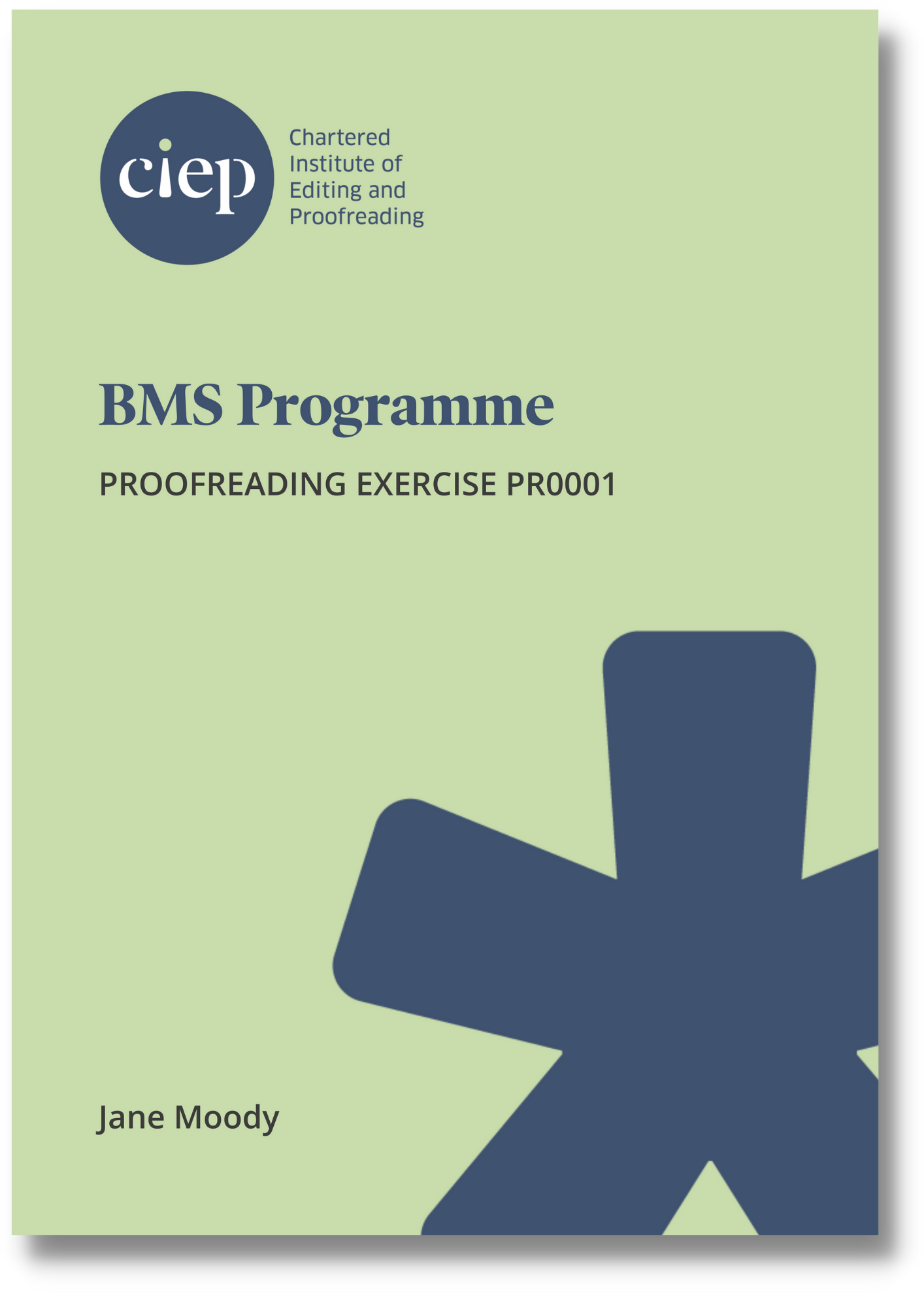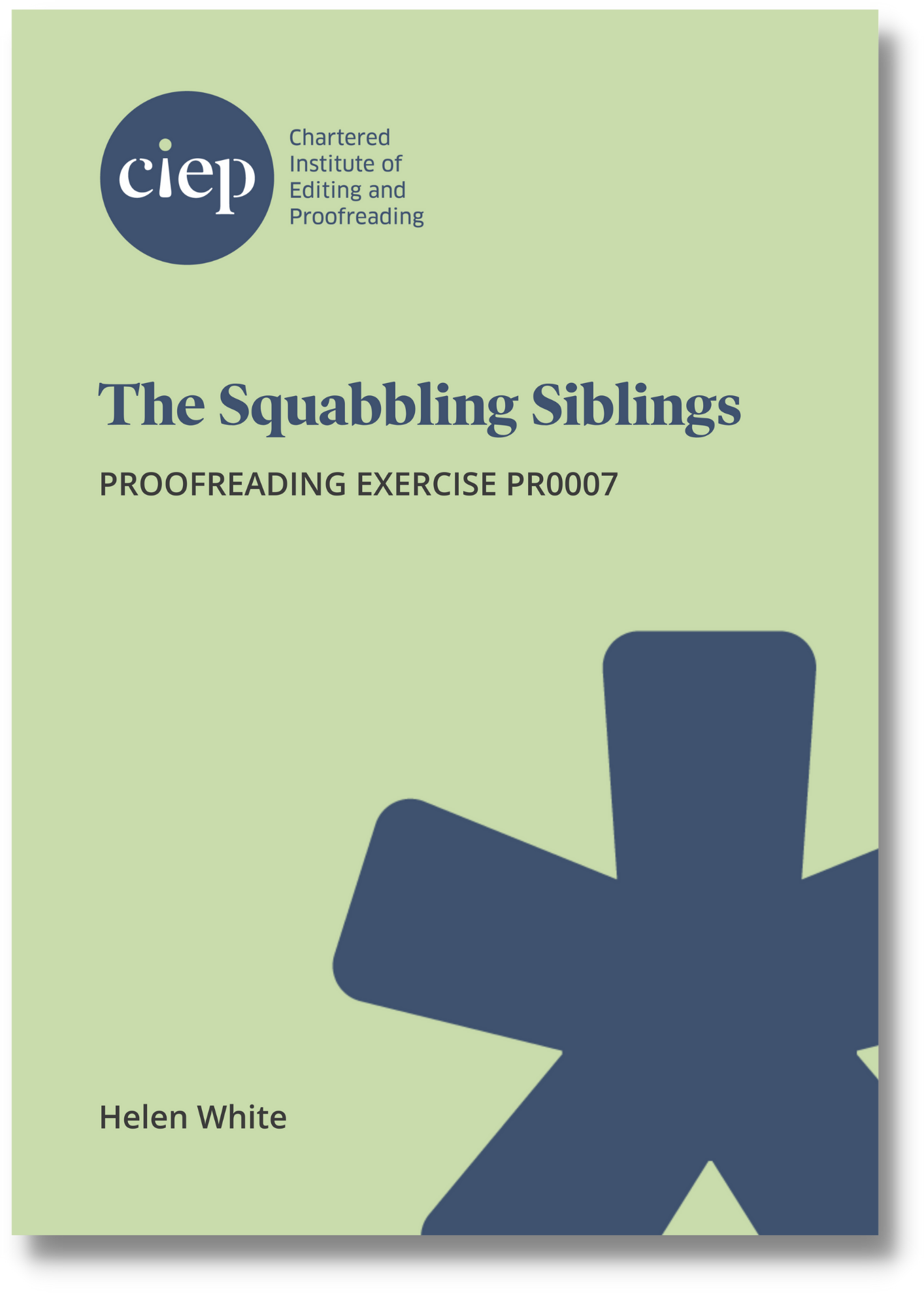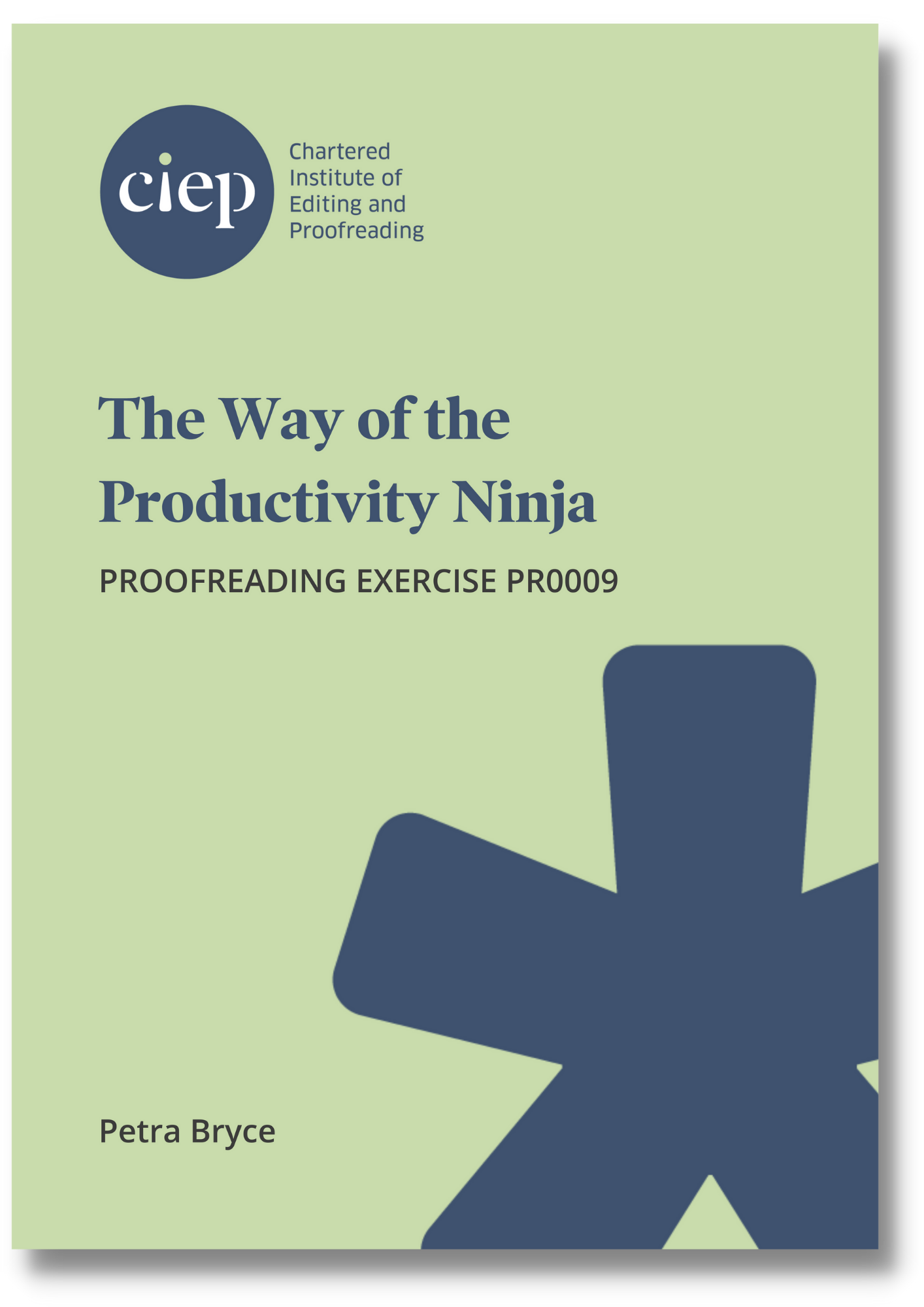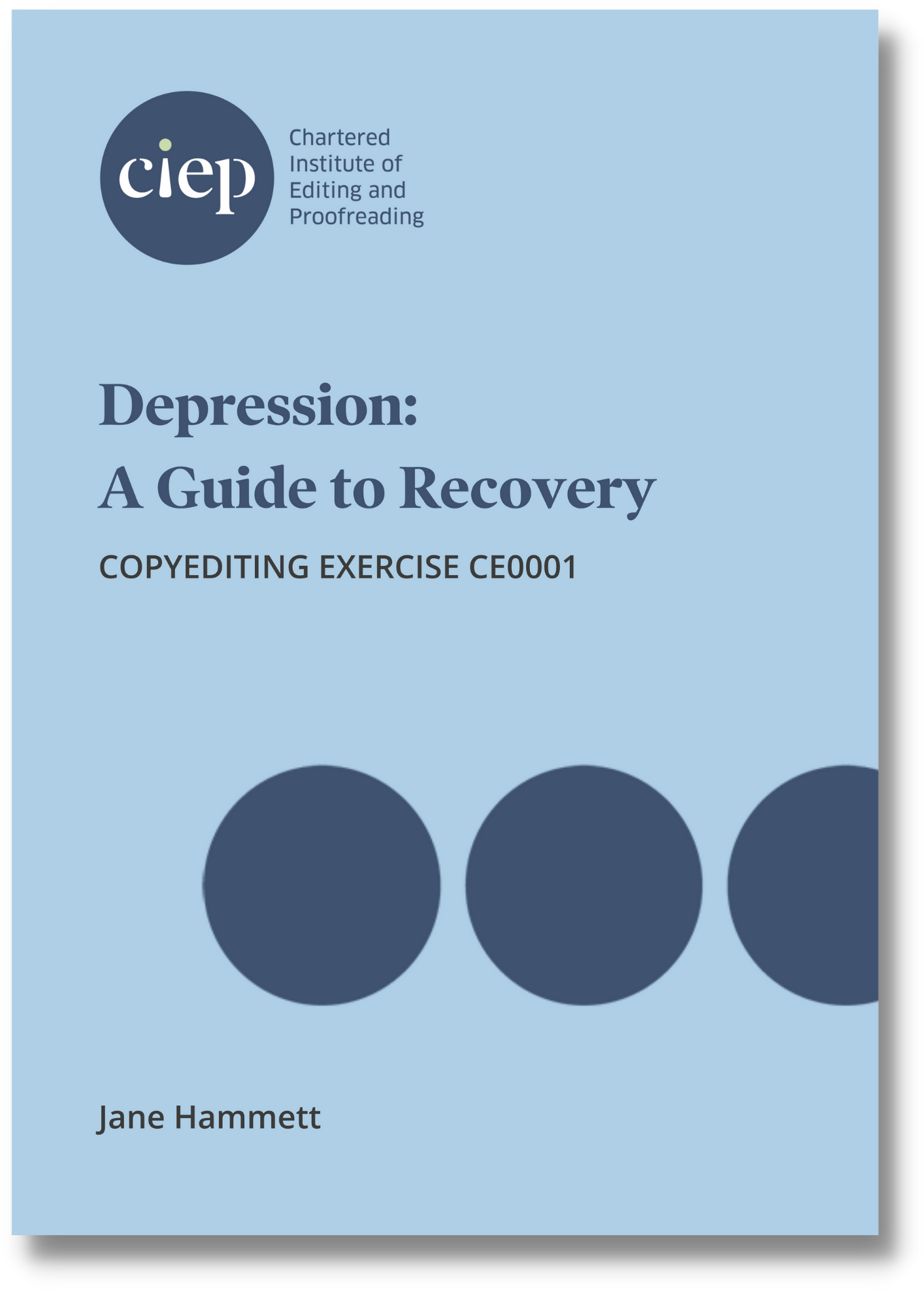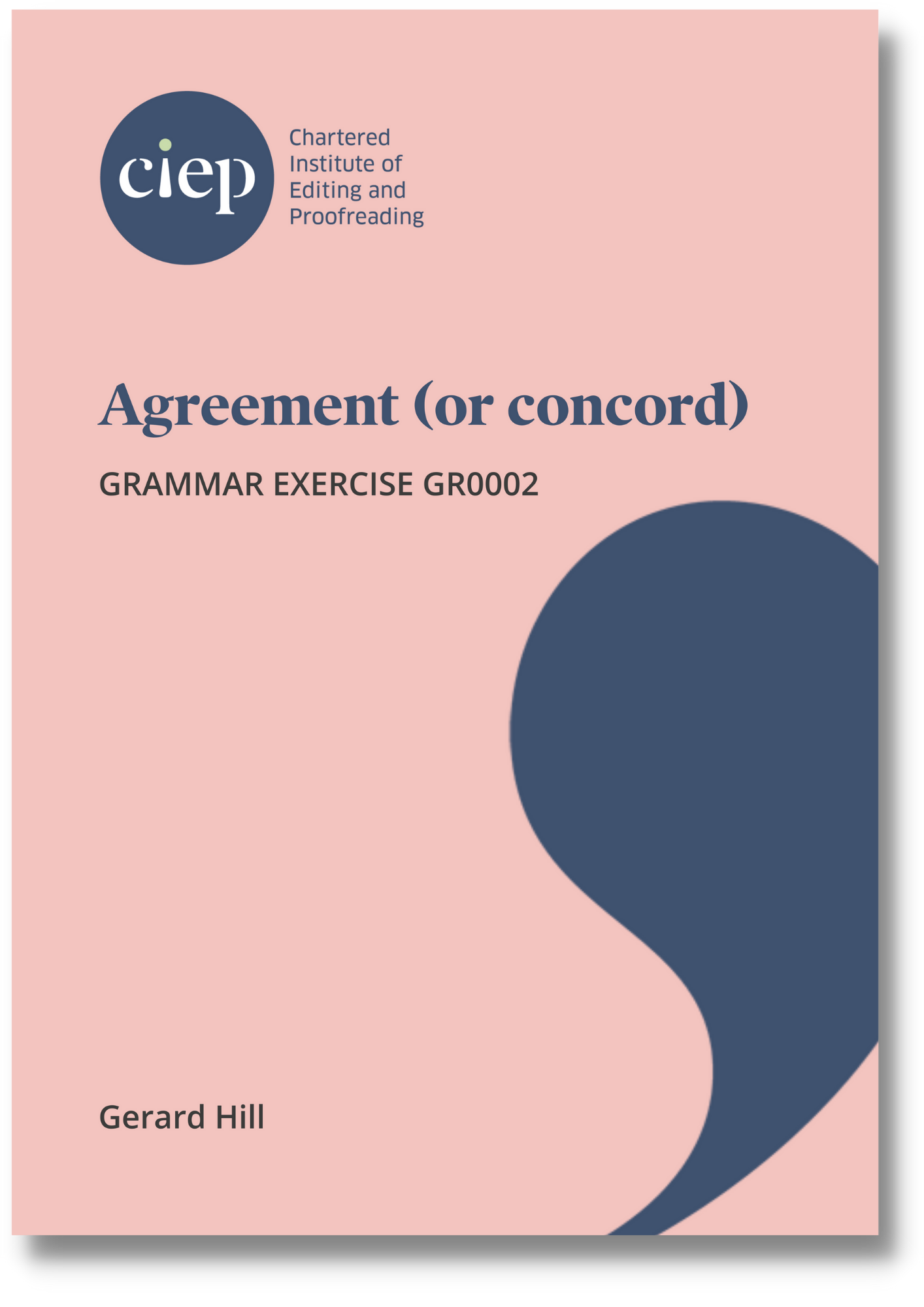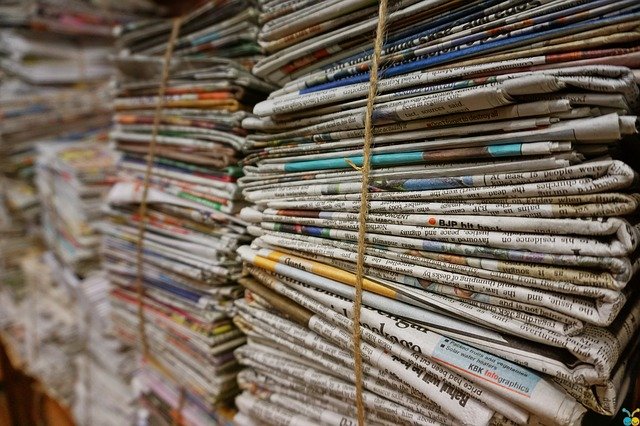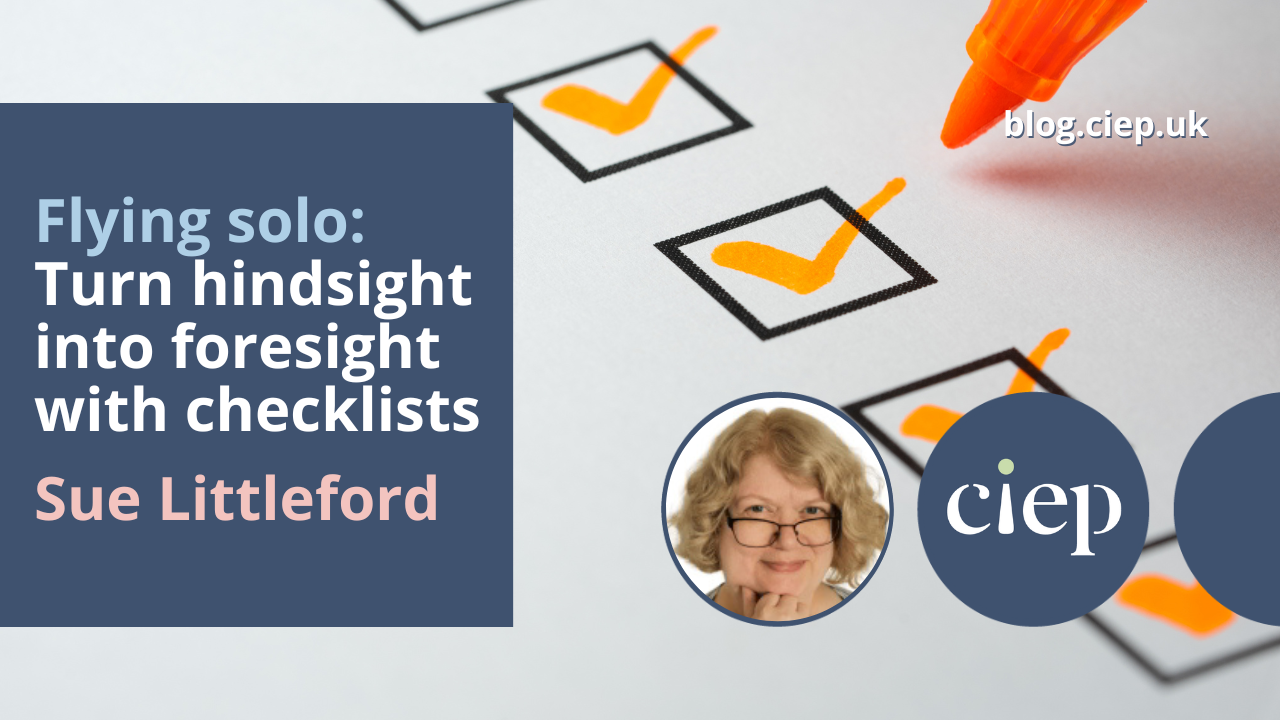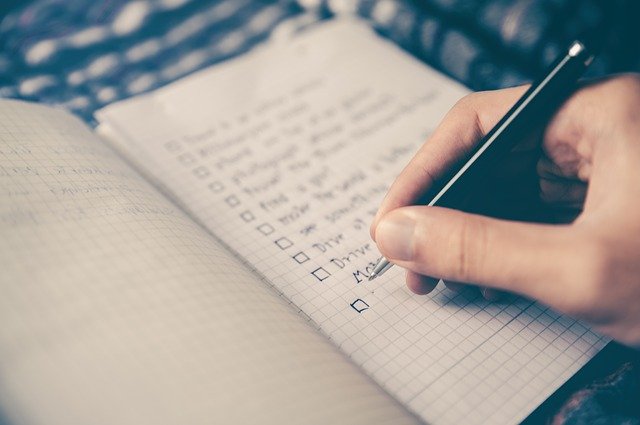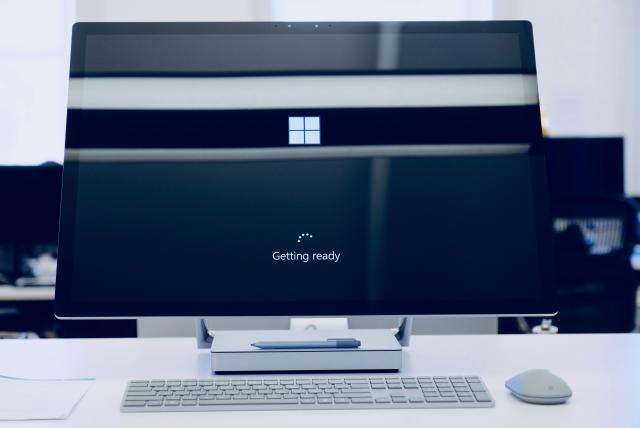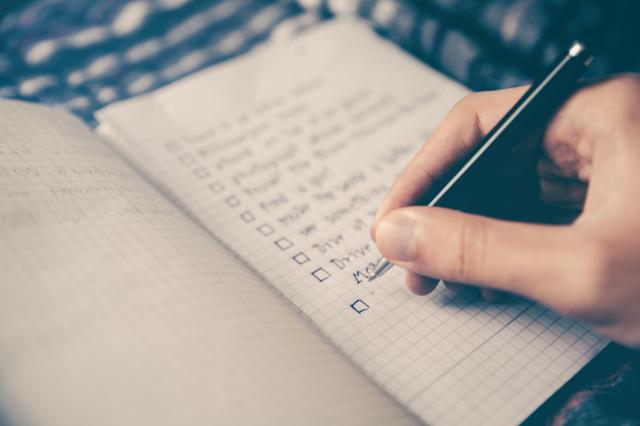Annie Deakins leapt at the opportunity to review and proofread the exercises in the CIEP’s new Exercise Bank. In this post, she explains what she reviewed and how she did it.
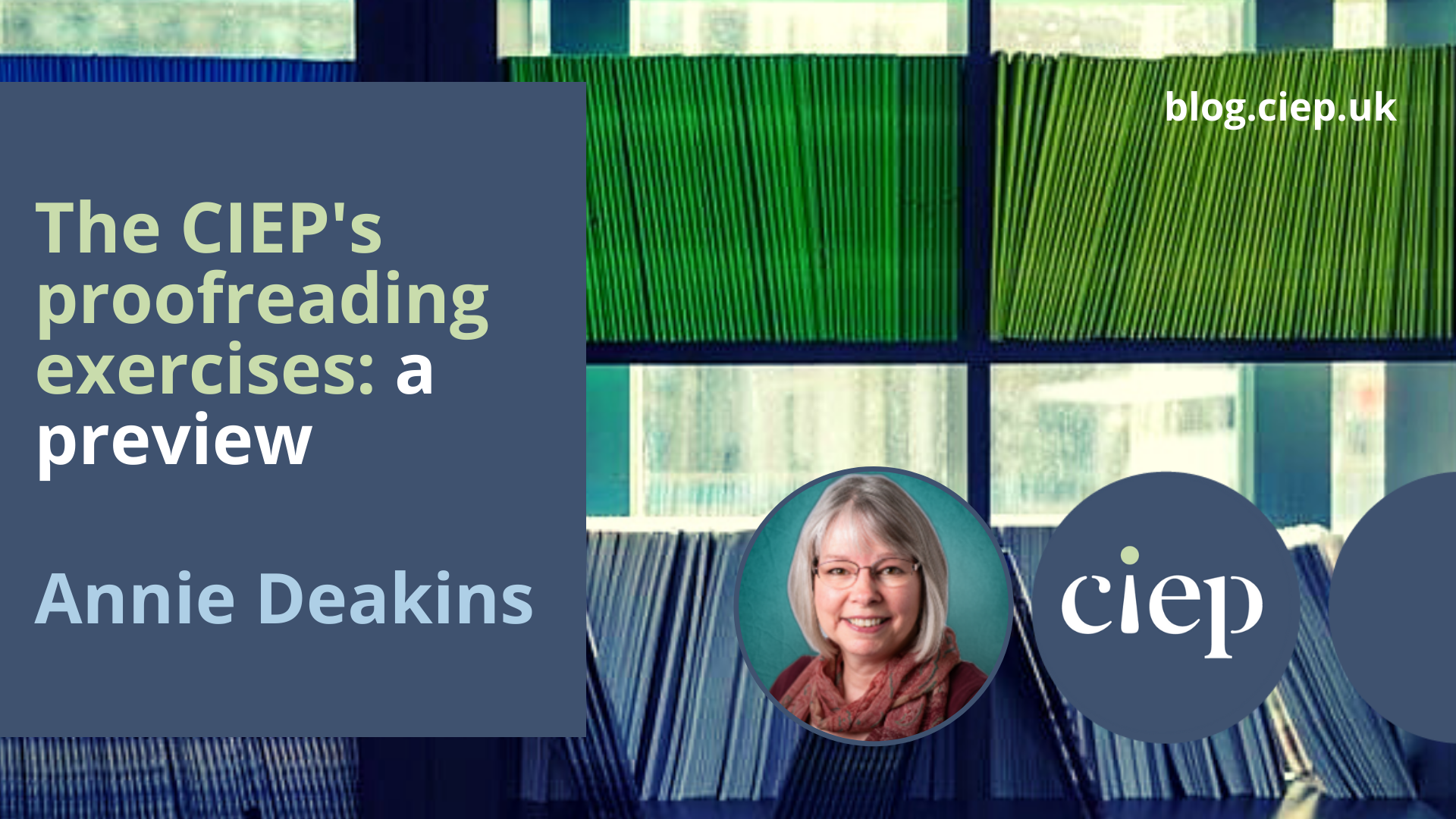 I was asked by Jane Moody, the CIEP’s training director, if I was interested in reviewing a bank of resources being drafted for CIEP members to practise proofreading. I absolutely was interested! I would act as a guinea pig by reviewing the proofreading exercises in the Exercise Bank, and then proofreading the material as part of the job. So, what did the review involve, and what’s in the bank?
I was asked by Jane Moody, the CIEP’s training director, if I was interested in reviewing a bank of resources being drafted for CIEP members to practise proofreading. I absolutely was interested! I would act as a guinea pig by reviewing the proofreading exercises in the Exercise Bank, and then proofreading the material as part of the job. So, what did the review involve, and what’s in the bank?
In this article, I’ll cover:
- My role in the review
- An overview of the exercise bank
- How to proofread an exercise
- Tips and support
- Benefits
My role in the review
This was the sequence of the tasks I carried out:
- Do an exercise (as a practice proofread).
- Compare my answer to the model answer and note any differences.
- Read the commentary explaining the model answer.
- Compare the model answer with the final published version (if appropriate).
- Record how long it took to do the exercise.
- Repeat steps 1–5.
- Proofread all the materials – instruction/brief, exercise, model answer, and commentary – by finding typos and inconsistencies. Note down any queries for the training director to review.
- Provide feedback on each exercise: suitability, appropriateness of level, how easy/hard I found them, time taken and suggest changes for improvements.
An overview of the exercise bank
There are nine proofreading exercises in the bank. Permission was obtained from the authors and/or publishers to introduce errors for the purpose of proofreading practice. The exercises vary in difficulty from level 1 (reasonably straightforward, no complex elements) increasing to level 3 (complex, detailed exercises; may include complex figures/graphs/illustrations and/or references or other elements). The exercises are a variety of lengths, so I could pick and choose to fit them around my schedule.
The Exercise Bank covers a variety of topics including fiction and non-fiction, published through traditional channels, or by businesses and self-publishers. Examples include: a chapter from a business book that was traditionally published; an extract from a self-published novel by a first-time author; the programme for a conference by a medical organisation; a story from a traditionally published children’s magazine; and a market report for a technical industry (print finishing).
Each exercise includes background information and a brief which explains the task. Sometimes a house style is provided. If a house style is not provided, you are asked to compile a style sheet.
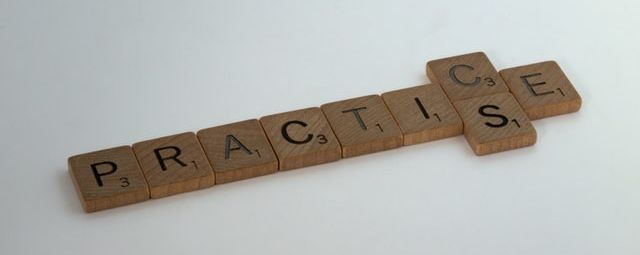 How to proofread an exercise
How to proofread an exercise
Open the file and check all the components are present. In the case of this bank of exercises there will be a brief or cover letter, exercise, model answer (or two), commentary, and final clean copy (if applicable).
Brief
Read what the brief requires. There might be a particular emphasis on layout, or a need for amendments to be kept to a minimum because of a tight publishing schedule. There may be a need to respect the author’s voice, particularly in fiction.
Errors
Examples of errors to be found range from a missing full stop at the end of a paragraph to erroneous capitalisation or the wrong word or term. Others include layout issues and tables that are incorrectly formatted, or wrongly entered numbers.
When something amiss jumps out at you, it’s okay to brag inwardly about the error caught (oh yes, that was sneaky). Add any errors missed (oh no, that was sneaky!) to your personal list of areas for improvement.
Queries
The model answers include examples of author queries to indicate where confusion is present in the text. Indeed, tips accompany the exercises on how to differentiate mark-up between instructions to the typesetter and queries to the client. So valuable. Model queries show how to be fair, polite and respectful.
Explanations
Checking the exercise against the model answer was the best part for me – I managed to resist the temptation to peek before finishing the task … When reading the explanations in the commentary, there were always learning points for the reasons behind the mark-up in the model answer.
Tips and support
- If the text is too distracting with, say, small font or too much colour in a leaflet, enlarging content by zooming in on the PDF can help identify errors.
- Prior knowledge of BSI symbols is useful. Guidance is given if you have not used proofreading stamps before. I recommend doing the CIEP’s Proofreading 1: Introduction course before proceeding with the level 1 bank of exercises.
- A range of model answers are given to show the variety of mark-up methods used and how the marks should appear.
- Support is given with resources, e.g. links are provided for the Adobe Acrobat DC video tutorials and help pages for assistance with marking up PDFs, whether that’s using commenting tools, sticky notes, or BSI symbols.
Benefits
The exercises are self-paced with no need for a tutor. They work in the same way as Margaret Aherne’s Proofreading Practice book which can be bought through the CIEP (with a discount for members).
Proofreading speed and accuracy increase with practice and confidence. Once you can calculate how many words you can proofread in an hour, it makes it easier to quote for work from prospective clients.
I had already completed CIEP’s suite of proofreading courses, but reviewing these exercises helped me further improve my proofreading skills and gave me confidence in my ability to spot errors and catch inconsistencies. Tackling the proofreading exercises also gave me the confidence to book my place on the CIEP proofreading mentoring scheme. I highly recommend them.
In addition to the proofreading exercises described here, there are seven copyediting exercises and three on grammar.
If you would like to add an exercise to the bank, please get in touch with the training director: training@ciep.uk.
About Annie Deakins
Annie Deakins taught in Essex (via Paisley) for 30 years. She started CIEP proofreading training in 2016 and is an Intermediate Member. She proofreads non-fiction, education, and children’s books. She is a Partner Member of ALLi. Her job portfolio includes tutoring, and she blogs as #TallTartanTalks.
 About the CIEP
About the CIEP
The Chartered Institute of Editing and Proofreading (CIEP) is a non-profit body promoting excellence in English language editing. We set and demonstrate editorial standards, and we are a community, training hub and support network for editorial professionals – the people who work to make text accurate, clear and fit for purpose.
Find out more about:
Photo credits: colourful shelves by Maarten van den Heuvel; Practice/Practise by Brett Jordan, both on Unsplash.
Posted by Abi Saffrey, CIEP blog coordinator.
The views expressed here do not necessarily reflect those of the CIEP.

